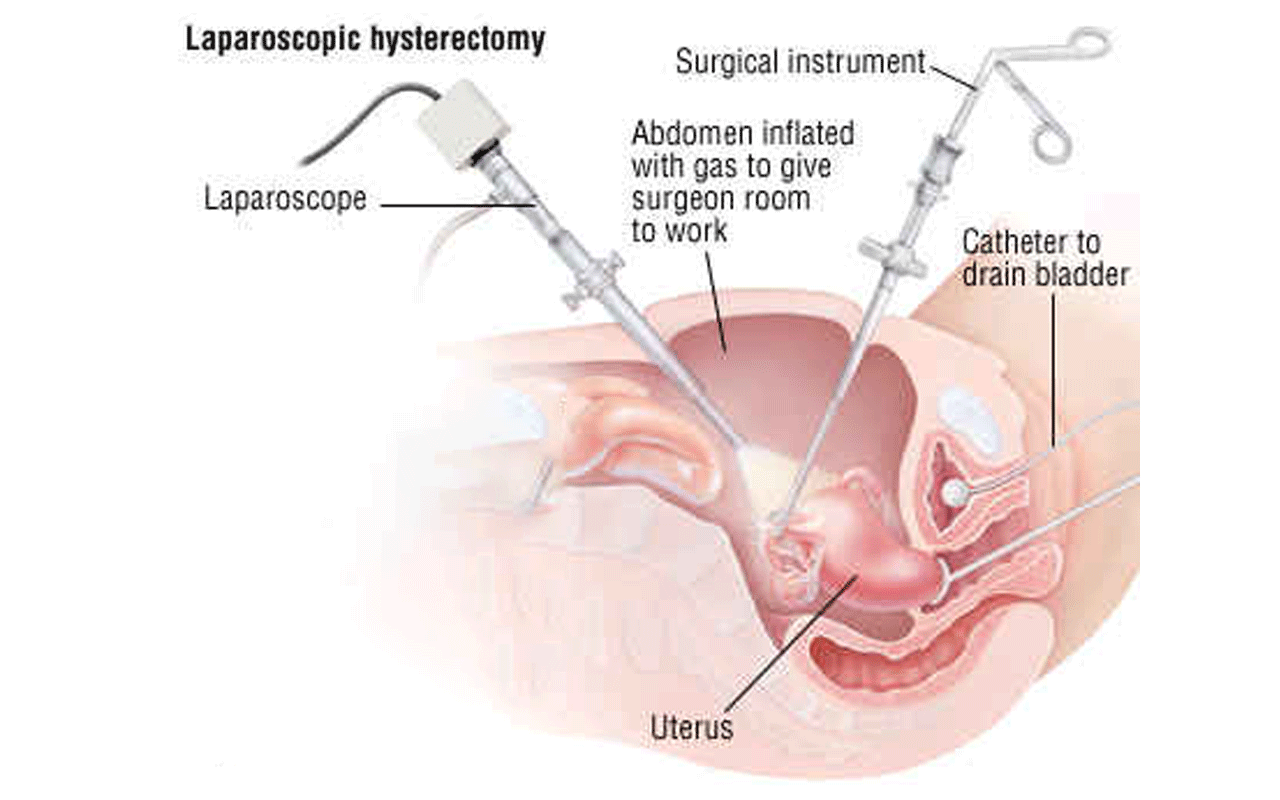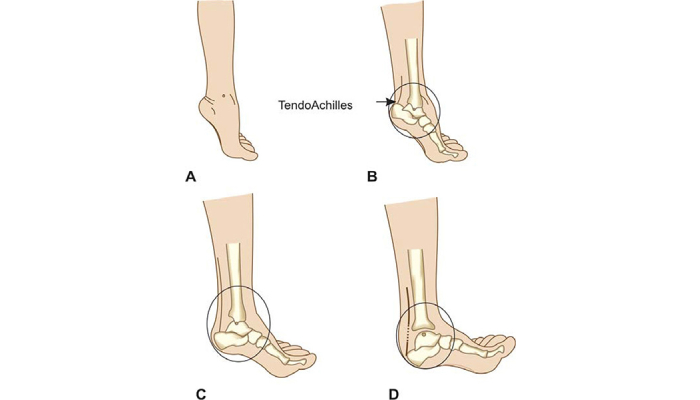Kidney stones, or renal calculi, are hard mineral and salt deposits that form in the kidneys and can cause severe pain, infection, and urinary obstruction. While many stones can be treated with conservative methods or non-invasive procedures like extracorporeal shock wave lithotripsy (ESWL) or ureteroscopy, larger or more complex stones may require surgical removal. Laparoscopic renal stone surgery offers a minimally invasive option for patients who are not candidates for less invasive treatments.
What Is Laparoscopic Renal Stone Surgery?
Laparoscopic renal stone surgery, also known as laparoscopic pyelolithotomy or laparoscopic nephrolithotomy, is a surgical procedure used to remove stones directly from the kidney through small abdominal incisions. The procedure is typically reserved for large, complex, or impacted stones that cannot be removed effectively by endoscopic or shockwave methods.
During the surgery, the patient is placed under general anesthesia. The surgeon makes three to four small incisions in the abdominal or flank area. A laparoscope (a thin, lighted tube with a camera) is inserted through one incision, while surgical instruments are introduced through the others. The surgeon then accesses the kidney or renal pelvis, makes a small incision in the collecting system, and removes the stone(s). The kidney is repaired, and the incisions are closed with sutures or surgical glue.
Indications for Laparoscopic Renal Stone Surgery
This procedure is typically indicated in the following situations:
-
Large kidney stones not treatable by ESWL or ureteroscopy
-
Staghorn calculi (branched stones that fill part of the kidney)
-
Stones associated with anatomical abnormalities (e.g., ureteropelvic junction obstruction)
-
Recurrent or residual stones after failed previous procedures
-
Stones in a non-functioning or poorly functioning kidney where open surgery is not ideal
Advantages of Laparoscopic Stone Removal
Laparoscopic surgery provides several benefits over traditional open surgery:
-
Minimally Invasive: Smaller incisions lead to reduced pain and less tissue trauma.
-
Faster Recovery: Most patients recover within 1–2 weeks compared to 4–6 weeks for open surgery.
-
Shorter Hospital Stay: Many patients are discharged within 2–3 days.
-
Less Blood Loss: Precision tools minimize intraoperative bleeding.
-
Better Cosmesis: Small scars result in better cosmetic outcomes.
Risks and Considerations
Although laparoscopic renal stone surgery is generally safe, it carries certain risks, including:
-
Bleeding
-
Infection
-
Injury to nearby organs such as the intestines or blood vessels
-
Leakage of urine from the kidney
-
Conversion to open surgery if complications arise
Not all patients are ideal candidates for this procedure. The decision depends on the size, number, and location of the stones, the patient’s anatomy, previous surgeries, and overall health.
Conclusion
Laparoscopic renal stone surgery is a valuable and effective option for managing complex kidney stones when non-invasive treatments are not suitable. It combines the effectiveness of traditional surgery with the benefits of a minimally invasive approach, allowing for faster recovery and fewer complications. Patients should consult a urologist with expertise in minimally invasive techniques to determine the most appropriate treatment plan.




